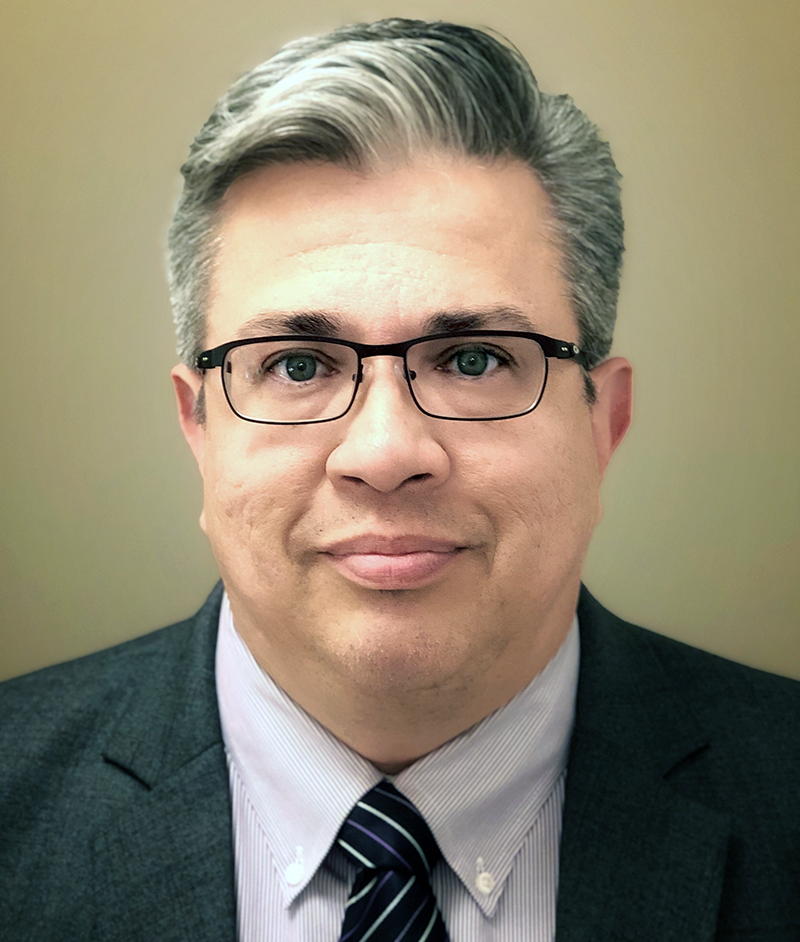Social exclusion could lead to increase in alcohol use disorder in LGBTQ
Gay, lesbian and bisexual individuals continue to face social challenges, discrimination and adversity despite recent legalization of same-sex marriage and other legal protections. Researching and understanding existing challenges helps government, social and educational institutions create and refine solutions.

Dr. Robert Peralta
With that in mind, University of Akron associate professor of sociology Dr. Robert L. Peralta, is doing his part to help understand one challenge affecting members of the LGBT community.
Peralta’s study, published in Drug and Alcohol Dependence, used the largest sample of sexual minorities (gay, lesbian, bisexual) to date about the occurrence of alcohol use disorder by age group. Peralta, along with UA doctoral candidate Eric Victory and postdoctoral researcher Christopher L. Thompson, M.D., studied a population sample of 375,000 Americans from 2015-2017 using data from the National Survey on Drug Use and Health (NSDUH).
Alcohol use disorder (AUD) is marked by alcohol abuse and/or dependence. Alcohol abuse refers to forms of alcohol use that interfere with the everyday lives of people, causing significant family, work or school problems. Alcohol dependence refers to experiencing withdrawal symptoms, or finding it difficult to stop drinking, even if they want to.
This landmark study concludes that sexual minorities have a higher prevalence of AUD compared to their heterosexual counterparts. Specifically, between the ages of 25 and 50, sexual minorities are more likely to struggle with AUD compared to their heterosexual peers.
Risk factors examined
When asked about his reasoning for conducting the analysis, Peralta explained, “I look at this as a really important issue because I don’t think being a sexual minority is a risk factor. I think the social implications of being a sexual minority are the risk factors.”
Peralta stated, “People tend to use data to say, ‘here’s how sexual minorities are different from us,’ so it’s important to stress that to be a sexual minority in and of itself is not a risk factor. The consequences, the stress, of that minority status are what create problems such as AUD.”
One of the study’s surprising findings is that bisexual women between the ages of 24-29 exhibit the biggest difference in AUD rate compared to heterosexuals of the same age and gender.
A sociological explanation for differences is the relative exclusion of sexual minorities from important social institutions such as religion, family, marriage, child-rearing, employment and military. In other words, being bisexual is not the cause of AUD, but social exclusion might be.
Anticipating such factors can improve future treatment of AUD in sexual minorities. Moving forward, researchers in the fields of sociology, social work, psychology and others may choose to research what kind of effect major social institutions have on alcohol use in sexual minorities.
Seemingly small steps like Peralta’s research can be easily cast aside but, as such steps spur movement into change, they attest that all progress counts when the aim is to do good by the ones who need it most.
Media contact: Lisa Craig, 330-972-7429 or lmc91@uakron.edu.
